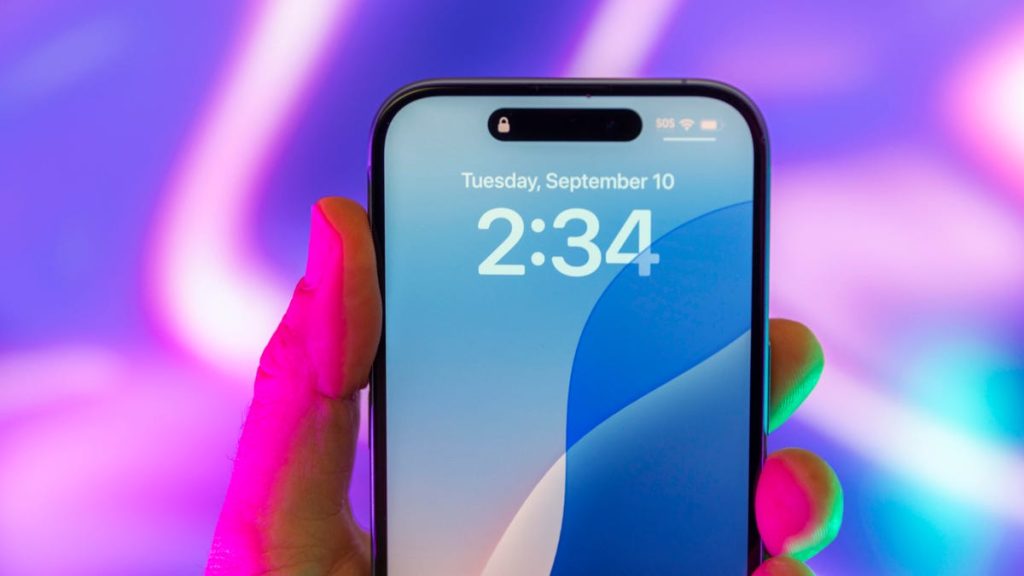The Mystery of Unknown and No Caller ID Calls: Understanding the Difference and Protecting Yourself
In today’s interconnected world, unwanted calls are a common annoyance. Among these, calls from unidentified numbers can be particularly unsettling, raising concerns about scams, harassment, or simply the intrusion of unwanted conversations. iPhones categorize these unidentified calls into two distinct labels: "No Caller ID" and "Unknown Caller." While both indicate an inability to immediately identify the caller, they represent different scenarios with varying implications for your privacy and security.
The distinction between "No Caller ID" and "Unknown Caller" lies in the origin of the anonymity. A "No Caller ID" label signifies a deliberate action by the caller to suppress their number from appearing on your screen. This can be achieved through various methods, such as dialing *67 before the number or using features offered by some phone service providers. While some individuals may use this for legitimate privacy reasons, it’s also a frequently employed tactic by telemarketers, scammers, and individuals seeking to avoid identification for potentially malicious purposes. Therefore, calls labeled "No Caller ID" warrant a heightened level of caution.
Conversely, an "Unknown Caller" label typically arises when your phone service provider cannot identify the incoming call. This can be due to various factors, including technical glitches within the network, calls originating from international numbers, or calls routed through Voice over IP (VoIP) services. In these cases, the caller hasn’t necessarily taken deliberate steps to hide their number; rather, the limitations of the phone network prevent its identification. While an "Unknown Caller" label doesn’t automatically imply malicious intent, prudence is still advisable. Scammers can exploit network vulnerabilities or utilize unregistered phone services to mask their identity, making it difficult to trace the call’s origin.
Navigating Anonymous Calls: Strategies for Safety and Control
Dealing with anonymous calls requires a cautious and proactive approach. When confronted with a "No Caller ID" or "Unknown Caller" notification, allowing the call to proceed to voicemail is often the safest course of action. Answering such calls, even to decline them, can signal to scammers that your number is active, potentially leading to an increase in unwanted calls. Utilizing features like Live Voicemail, available on newer iPhones, allows you to monitor the voicemail message in real-time and decide whether to answer if it appears to be a legitimate call.
For enhanced control over unidentified calls, iPhones offer a "Silence Unknown Callers" feature. Enabling this setting automatically silences calls from numbers not in your contacts, recent calls, or Siri Suggestions. These silenced calls are directed to voicemail, allowing you to review them later without being interrupted. This feature provides a powerful tool for minimizing disruptions from unwanted calls while still allowing access to potential important messages.
Beyond built-in iPhone features, wireless carriers often provide apps specifically designed to manage and filter unwanted calls. These apps offer varying levels of protection, from basic spam identification and blocking to more advanced features like reverse number lookup and personal block lists. AT&T ActiveArmor, Verizon Call Filter, and T-Mobile Scam Shield are examples of carrier-provided apps that offer both free and premium tiers of service. These apps can significantly enhance your ability to identify and block spam calls, robocalls, and potentially malicious unknown callers.
Third-Party Apps and General Tips for Combating Unwanted Calls
In addition to carrier-provided apps, several third-party apps offer comprehensive call management and blocking features. These apps often leverage extensive databases of known spam numbers and utilize advanced algorithms to identify and filter unwanted calls. Exploring app reviews and features can help you choose the best solution for your specific needs.
Beyond utilizing apps, several general practices can help minimize unwanted calls:
- Register your phone number with the National Do Not Call Registry: This reduces the number of telemarketing calls you receive.
- Be cautious about sharing your phone number online: Limit its visibility on social media and other online platforms.
- Review privacy settings on online accounts: Ensure that your phone number isn’t being shared without your consent.
- Be wary of responding to calls or text messages from unknown numbers: Avoid clicking on links or providing personal information.
- Report suspected scam calls to the appropriate authorities: This helps track and potentially shut down fraudulent operations.
Staying Vigilant in the Age of Unwanted Calls
In today’s communication landscape, managing unwanted calls is an ongoing effort. Understanding the difference between "No Caller ID" and "Unknown Caller," utilizing available tools and resources, and adopting cautious practices can empower you to protect your privacy, minimize disruptions, and safeguard yourself against potential scams. By staying informed and proactive, you can navigate the world of unknown calls with greater confidence and control.

